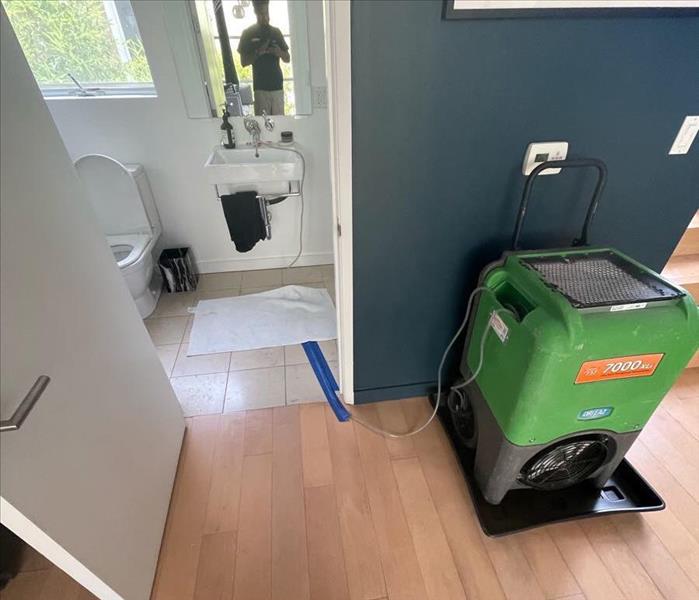Flood Damage vs. Water Damage: Understanding the Differences
10/24/2023 (Permalink)
Water damage can occur in various ways, but two of the most common terms used are "flood damage" and "water damage." While they may seem interchangeable, there are key differences between the two that homeowners should be aware of. In this blog post, we will explore the distinctions between flood damage and water damage to help you understand the implications and necessary actions for each scenario.
Source of Water
The primary difference between flood damage and water damage lies in the source of the water. Water damage typically refers to damage caused by internal water sources, such as burst pipes, leaking appliances, or plumbing issues within the home. On the other hand, flood damage refers to water intrusion from external sources, such as natural disasters (heavy rain, hurricanes, river overflow) or external flooding due to issues like drainage problems or rising groundwater levels.
Scale of Damage
Flood damage is usually associated with more extensive and widespread damage compared to water damage. Floodwater can rapidly enter a property and affect multiple rooms or even entire structures. It can lead to severe structural damage, ruin personal belongings, and introduce contaminants into the home. Water damage, although it can still be significant, is typically localized to specific areas or rooms affected by the internal water source.
Contamination Levels
Floodwater is often considered more hazardous and contaminated compared to water damage caused by internal sources. Floodwater can contain various pollutants, including sewage, chemicals, debris, and bacteria, posing significant health risks. On the other hand, water damage from internal sources, while still potentially damaging, generally does not introduce the same level of contamination into the living environment.
Insurance Coverage
Insurance coverage for flood damage and water damage may differ, depending on the type of insurance policy homeowners have. Most standard homeowner's insurance policies typically cover water damage caused by internal sources, such as burst pipes. However, flood damage is not typically covered by standard homeowner's insurance and requires a separate flood insurance policy. Understanding your insurance coverage and considering additional coverage for flood damage is crucial to ensure appropriate protection in different scenarios.
Restoration Process
The restoration process for flood damage and water damage may also vary. Flood damage often requires more extensive remediation and restoration efforts due to the scale of damage and potential contamination. It may involve water extraction, disinfection, drying, mold remediation, structural repairs, and content restoration. Water damage restoration, while still requiring prompt action, may involve localized drying, repairs, and addressing any affected areas.
Distinguishing between flood damage and water damage is essential for homeowners to understand the implications, necessary actions, and insurance coverage associated with each type. While water damage is typically caused by internal sources and may be covered under standard homeowner's insurance, flood damage stems from external sources and often requires additional flood insurance. The scale of damage, contamination levels, and restoration processes also differ significantly between flood damage and water damage. By knowing these distinctions, homeowners can be better prepared to respond to different scenarios and protect their homes in the event of water-related incidents.



 24/7 Emergency Service
24/7 Emergency Service
